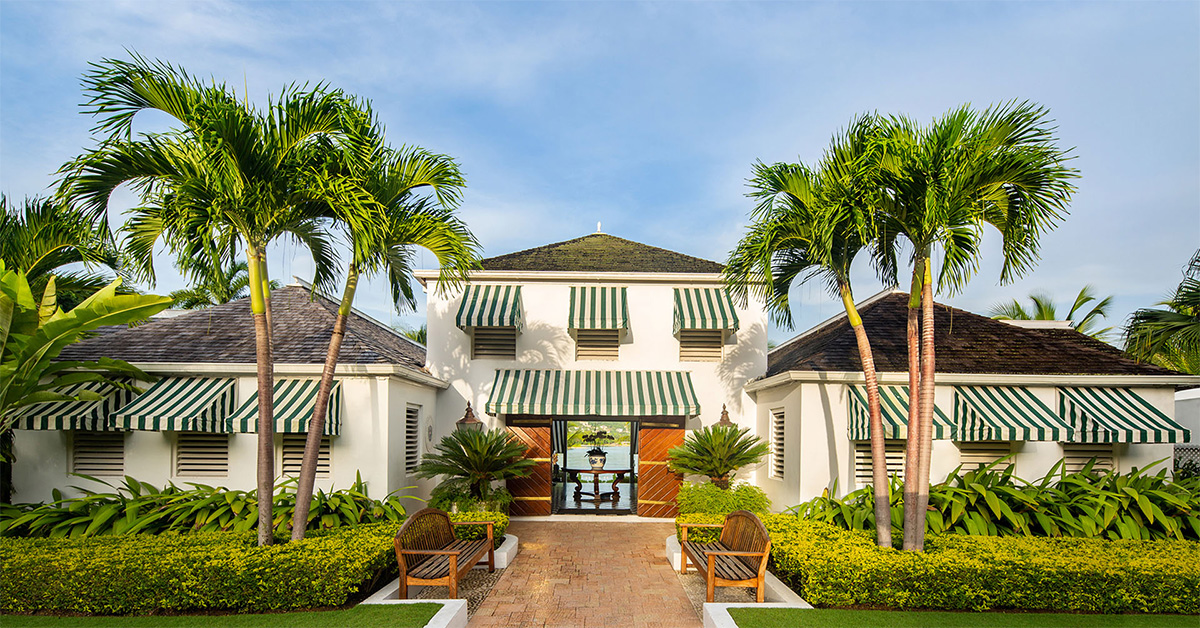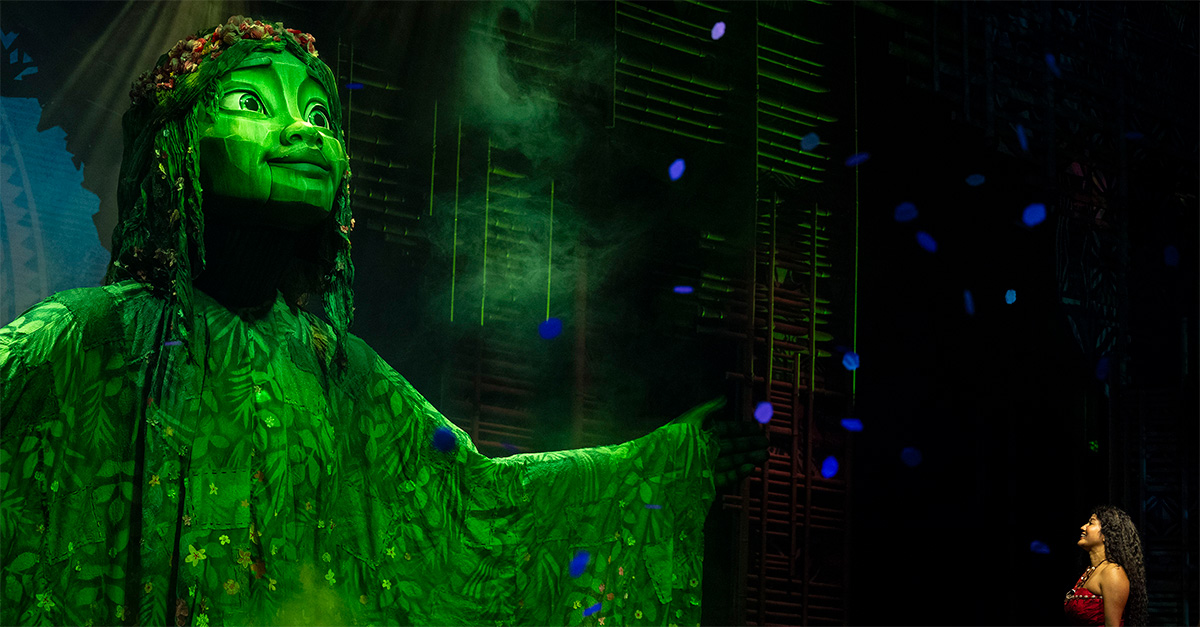| Picture: PCL |
Everybody knows that Tunisia doubled up as Tatooine in the
Star Wars trilogy, but Hollywood was actually the latest in a long
line of invaders drawn to Tunisia’s shores over the
centuries.
Long before package tourists discovered its sandy beaches, the
Romans marched in and added the country to their empire. Today, a
growing army of Brits is keen to explore an empire that existed a
long time ago, but not that far away.
As with so much of their empire, the Romans left behind magnificent
columns, temples and theatres that would excite visitors for
centuries to come.
The remains at Dougga and the mosaics in the Bardo Museum are
well-known stops on the tourist trail, but there is plenty more to
Roman Tunisia for those interested in digging deeper into the
past.
In Bulla Regia, not far from Dougga, you can see the underground
villas built to keep out the summer heat. Further south, at
Sbeitla, the emperor Vespasien founded an olive industry.
The churches he left behind are considered some of the most
impressive monuments left by the Roman empire. After the
empire’s decline the Arabs moved in and set about building
the mosque city of Kairouan, a regular stop on most Tunisia
itineraries.
Tunisian National Tourist Office UK director Leila Ben Hassan would
like to see historical tours featured alongside the abundance of
sun, sea and sand staples in UK operators’ brochures.
“There is sun, sand and sea in other destinations, but in
Tunisia visitors increasingly want to leave the beach and see
something typical of the country,” said Hassan. Most people
explore the key sights on excursions from the main resorts, or
independently with a hire car.
Wigmore’s Roman Tunisia Tour, a seven-night delve into
Tunisia’s past, is aimed at those with a keen sense of
history. Managing director Tijani Guetat said it appeals mainly to
older clients or to younger people who are involved in archeology.
The guide, he added, a Tunisian expert, is so popular some clients
book the October tour and stay on for the seven-night Sahara
Aspects journey he also leads.
You don’t need a degree in archeology to sell cultural tours,
but it does help to know a bit of background about the main sites.
If you were asleep at the back during history lessons at school,
here’s a quick reminder of what’s out there.
| Dougga |
What? Originally a Numidian settlement, the
site was given a Roman makeover when they arrived in the second
century BC.
Where? Sixty five miles southwest of Tunis.
Highlights: Roman temples, amphitheatres and
columns. Sights include the theatre, where summer performances are
still held, the Capitolene Temple dedicated to Jupiter, Juno and
Minerva, and the House of the Trifolium.
Sample product: Wigmore Holidays’
seven-night Roman Tunisia tour spends a morning at Dougga.
Departures are on April 3 and October 14 and it costs £949
full-board.
| Carthage |
What? The remains of the city destroyed by the
Romans in 146BC.
Where? On the outskirts of Tunis.
Highlights: the ruins are scattered throughout a
residential area so you need some imagination to envisage what it
would have looked like. A visit to the museum helps. The best
preserved site is the Antonine Baths, built by Romans. At the
Tophet, a path leads to an underground chamber where children were
sacrificed to the gods Tanit and Baal.
Sample product: Panorama offers a full-day
excursion from Hammamet to Carthage for £25 per person.
| Bardo Museum |
What? One of the world’s largest collections
of mosaics, with many from Carthaginian and Roman times.
Where? In central Tunis.
Highlights: mosaics depicting a variety of scenes,
from myths and legends to everyday life in Roman Africa. Many
illustrate the region’s role during Roman times as
breadbasket of the empire and source of wild animals for the
amphitheatres.
Sample product: Cresta offers three nights at the
four-star Abou Nawas El Mechtel, a short walk from the medina in
Tunis, from £373 per person, including flights and
transfers.
| Kairouan |
What? The fourth holiest city in Islam.
Where? Thirty five miles from Sousse.
Highlights: more Mosques than you can shake a
minaret at – more than 130 to be precise. You can get your
fill in the medina, also famous for its carpet shops. The Zaouia of
Sidi Abid el Ghariani has tiled and carved chambers; inside the
Great Mosque prayer hall, a blue and white carpet allocates an
exact amount of space to each worshipper.
Sample product: Cadogan’s three-day Desert
Safari from Hammamet or Sousse spends time in Kairouan and starts
at £105 per person half-board.
| El Jem |
What? A Roman amphitheatre.
Where? On the outskirts of Tunis, 40 miles from
Sousse.
Highlights: built in 230BC, El Jem is slightly
smaller than the Coliseum in Rome but better preserved. In its
heyday, more than 30,000 spectators poured in to watch gladiators,
charioteers and wild beasts fight to the death. Visit the
underground chambers where they waited for death or glory.
Sample product: Thomson’s two-day Sahara
Explorer or Sahara Discovery excursions visit El Jem and cost
£67 per person (children £36) including meals and a
night’s accommodation, bookable in resort.




